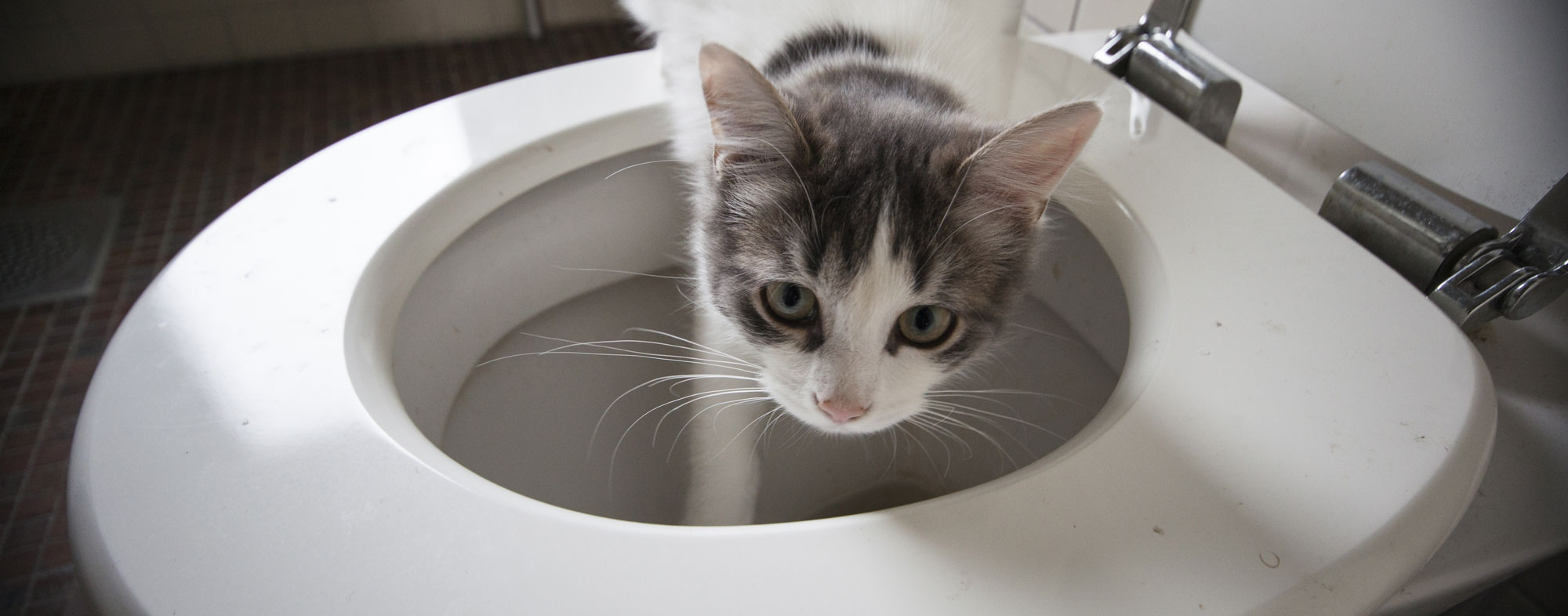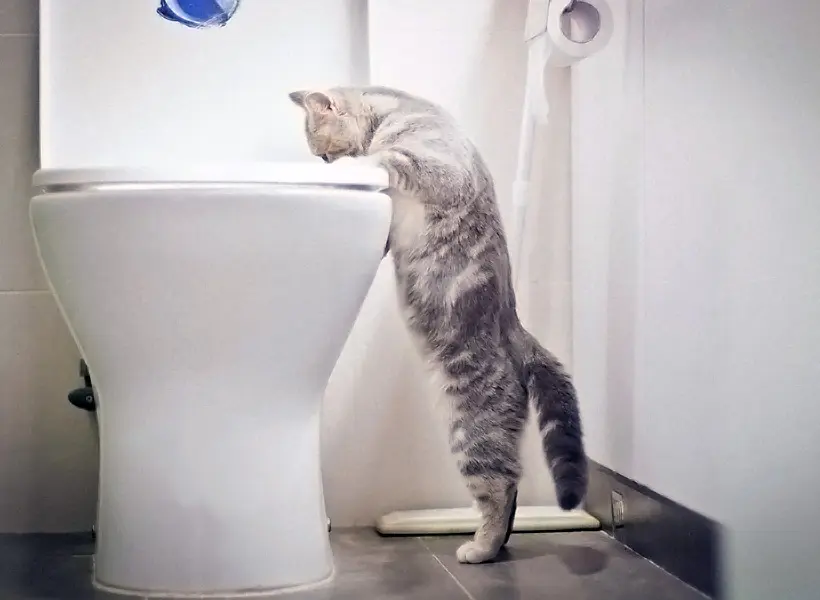The Dangers of Flushing Cat Poop Down Your Toilet - Tips for Better Handling
The Dangers of Flushing Cat Poop Down Your Toilet - Tips for Better Handling
Blog Article
The writer is making several great pointers on How to Dispose of Cat Poop and Litter Without Plastic Bags overall in this post further down.

Intro
As cat owners, it's vital to be mindful of exactly how we take care of our feline close friends' waste. While it may appear practical to flush cat poop down the bathroom, this technique can have destructive repercussions for both the setting and human health and wellness.
Environmental Impact
Purging pet cat poop introduces dangerous pathogens and parasites right into the water, positioning a considerable danger to marine ecosystems. These contaminants can negatively influence aquatic life and concession water quality.
Health Risks
In addition to environmental problems, flushing cat waste can also pose health threats to human beings. Feline feces may include Toxoplasma gondii, a parasite that can create toxoplasmosis-- a possibly severe illness, specifically for expecting women and people with damaged immune systems.
Alternatives to Flushing
The good news is, there are much safer and more liable methods to throw away cat poop. Take into consideration the complying with choices:
1. Scoop and Dispose in Trash
The most typical method of taking care of cat poop is to scoop it right into an eco-friendly bag and throw it in the trash. Make certain to make use of a devoted trash inside story and dispose of the waste quickly.
2. Use Biodegradable Litter
Select eco-friendly pet cat clutter made from products such as corn or wheat. These litters are environmentally friendly and can be safely disposed of in the trash.
3. Bury in the Yard
If you have a backyard, take into consideration hiding pet cat waste in a designated location away from veggie gardens and water resources. Make sure to dig deep enough to avoid contamination of groundwater.
4. Set Up a Pet Waste Disposal System
Purchase a family pet garbage disposal system specifically made for pet cat waste. These systems use enzymes to break down the waste, minimizing odor and ecological effect.
Verdict
Accountable family pet ownership prolongs past providing food and sanctuary-- it likewise entails proper waste administration. By refraining from flushing feline poop down the commode and going with alternate disposal approaches, we can lessen our ecological footprint and protect human health.
Why Can’t I Flush Cat Poop?
It Spreads a Parasite
Cats are frequently infected with a parasite called toxoplasma gondii. The parasite causes an infection called toxoplasmosis. It is usually harmless to cats. The parasite only uses cat poop as a host for its eggs. Otherwise, the cat’s immune system usually keeps the infection at low enough levels to maintain its own health. But it does not stop the develop of eggs. These eggs are tiny and surprisingly tough. They may survive for a year before they begin to grow. But that’s the problem.
Our wastewater system is not designed to deal with toxoplasmosis eggs. Instead, most eggs will flush from your toilet into sewers and wastewater management plants. After the sewage is treated for many other harmful things in it, it is typically released into local rivers, lakes, or oceans. Here, the toxoplasmosis eggs can find new hosts, including starfish, crabs, otters, and many other wildlife. For many, this is a significant risk to their health. Toxoplasmosis can also end up infecting water sources that are important for agriculture, which means our deer, pigs, and sheep can get infected too.
Is There Risk to Humans?
There can be a risk to human life from flushing cat poop down the toilet. If you do so, the parasites from your cat’s poop can end up in shellfish, game animals, or livestock. If this meat is then served raw or undercooked, the people who eat it can get sick.
In fact, according to the CDC, 40 million people in the United States are infected with toxoplasma gondii. They get it from exposure to infected seafood, or from some kind of cat poop contamination, like drinking from a stream that is contaminated or touching anything that has come into contact with cat poop. That includes just cleaning a cat litter box.
Most people who get infected with these parasites will not develop any symptoms. However, for pregnant women or for those with compromised immune systems, the parasite can cause severe health problems.
How to Handle Cat Poop
The best way to handle cat poop is actually to clean the box more often. The eggs that the parasite sheds will not become active until one to five days after the cat poops. That means that if you clean daily, you’re much less likely to come into direct contact with infectious eggs.
That said, always dispose of cat poop in the garbage and not down the toilet. Wash your hands before and after you clean the litter box, and bring the bag of poop right outside to your garbage bins.
https://trenchlesssolutionsusa.com/why-cant-i-flush-cat-poop/

As a fervent person who reads about How to Dispose of Cat Poop and Litter Without Plastic Bags, I think sharing that article was beneficial. If you enjoyed reading our page please remember to share it. Thanks a lot for your time. Don't forget to stop by our site back soon.
Call Today Report this page